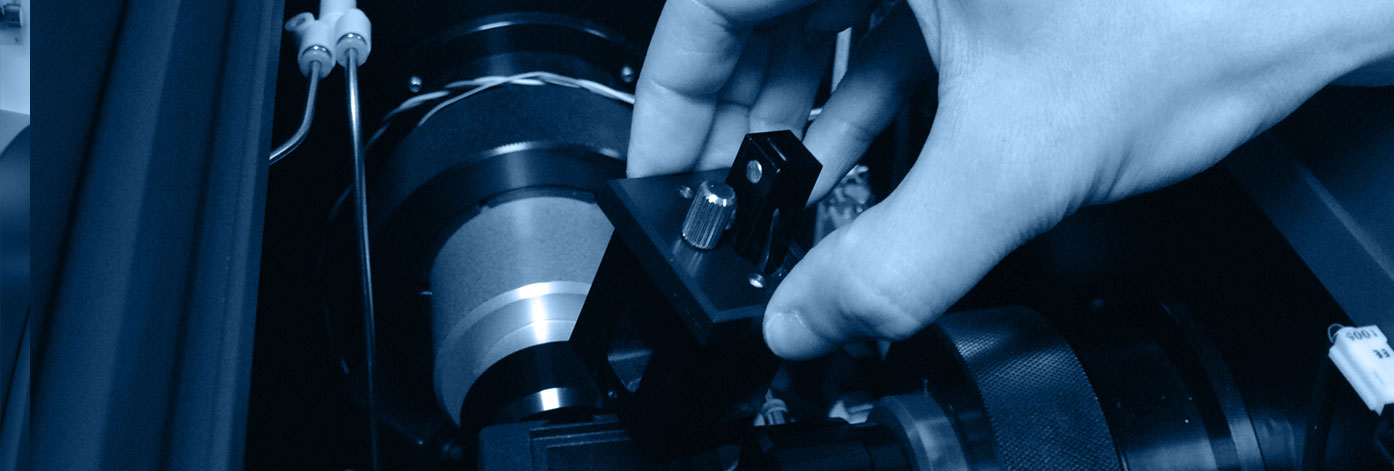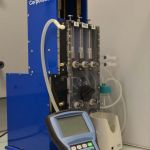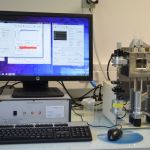
Facility
Biophysics & Structural Biology (B2S)
Quench-Flow
Rapid quench-flow is a well-established kinetic technique where the experimentalist can isolate intermediates and products within a reaction mechanism and analyse them by analytical methods providing a means of specifically identifying these components. This is a complementary technique to stopped-flow and can be used when the reaction does not contain spectroscopic changes or changes cannot identify specific reaction components.
Small volumes of solutions are driven through a high efficiency mixer and flow into a delay (or ageing) loop. After a set time, the reaction is stopped (or quenched) by the addition of a chemical quench solution and flow out of the instrument into a collection tube. The KinTek RQF-3 Quench-Flow Instrument uses a computer-controlled servo motor drive, which provides a precise and reproducible setting of reaction times. Different reaction times in a range of 3-100 milliseconds can be reached by using delay lines with different lengths. By collecting a series of quenched samples, quenched at different times, the kinetics of the reaction can be determined using than appropriate analytical technique.
- Request form220.73 KB
- Terms and conditions89.31 KB
The analyzes can be carried out under service or collaboration mode depending on the requests and the involvement of the members of the platform. Contact the manager using the "Request Form" for more information.
Bersweiler A, D'Autréaux B, Mazon H, Kriznik A, Belli G, Delaunay-Moisan A, Toledano MB, Rahuel-Clermont S. A scaffold protein that chaperones a cysteine-sulfenic acid in H(2)O(2) signaling. Nat Chem Biol. 2017 Aug ; 13(8):909-915.
 10.1038/nchembio.2412 ,
10.1038/nchembio.2412 ,  28628095 ,
28628095 ,  HAL-01652643
HAL-01652643







